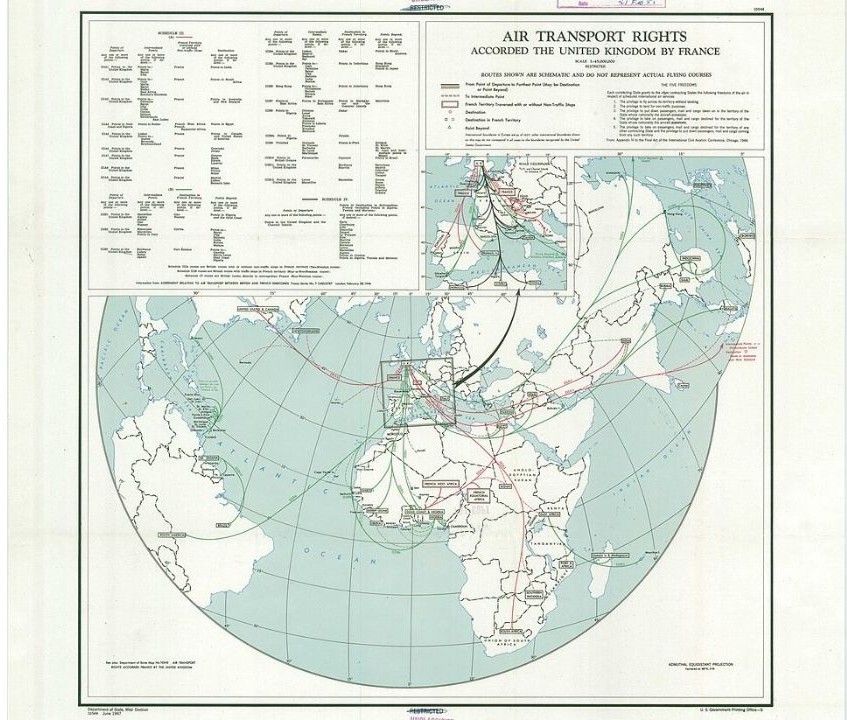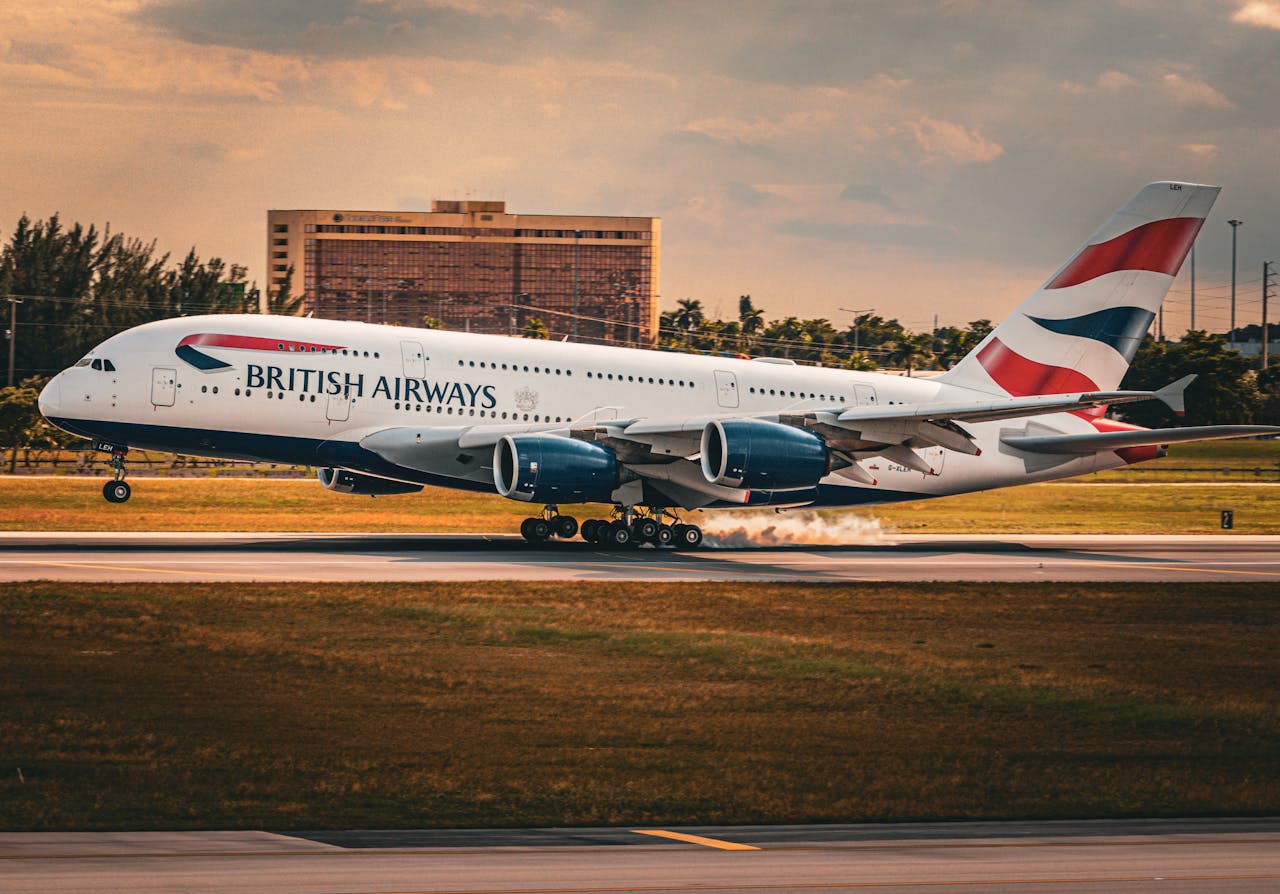Airlines announce new transatlantic links all the time, but not every pairing feels obvious at first glance. When word broke that British Airways would connect London Heathrow to St. Louis, plenty of aviation watchers paused. Then the logic started to click. The metro’s business base has shifted, tourism has broadened, and the airport’s international story has been rebuilding in quiet, measurable ways.
Here’s the thing: new long-haul routes are not impulse buys. They are the result of a long courtship built on data, local alignment, and a clear place in an airline’s network. This St. Louis to London decision shows how that machinery works, from first meetings to early sales spikes to the slow, necessary work of making a route stick.
The Pitch That Took Years

St. Louis wanted London back for decades, and everyone in the region knew it. Tourism leaders, the port authority, and corporate stakeholders aligned their talking points and their numbers. They made the case that the local economy and outbound demand had outgrown the city’s current map. The last direct link to London ended in 2002, and that gap became a rallying cry.
Explore St. Louis kept conversations active, sharing market studies and corporate travel commitments. The goal was credibility, not a splashy announcement. Show recurring interest, bring hard evidence, and prove the community would support flights once they launched.
Why BA Listened
Airlines do not gamble on widebodies without ground support. British Airways looks for partners who can mobilize marketing, airport operations, and commercial buyers.
Two things stood out: coordinated civic backing and clean demand signals.
Strong onward connectivity through Heathrow promised value for both leisure and corporate travelers.
BA’s planners need routes that complement the wider network, not just the city pair. This pitch showed how St. Louis feeds London and then the world. The coalition did not simply ask for a flight, it showed how the flight would work.
The Network Fit

Route planning is methodical. Teams study where customers want to go, how seats can be filled year-round, and whether schedules mesh with bank structures at Heathrow. It is not only about one summer or one quarter; planners model a decade of trends and risk.
That is why the case emphasized more than tourist buzz. It leaned on business links, university travel, medical and ag-tech ties, and proven leakage to other hubs. If those travelers already connect elsewhere, a nonstop to Heathrow can win them back.
What The Early Numbers Say
When the route went public, search interest jumped close to tenfold between St. Louis and London on BA’s site that day. Good pulse check.
It is not the finish line.
After launch, the airline watches the decisive metrics: load factors, seasonality, and how many passengers flow onward through Heathrow.
Schedules get adjusted. Fares get tuned.
Local partners keep feeding demand with events and trade missions. The loop is constant: measure, adjust, repeat, and keep the seat map healthy across the calendar.
A Symbol Beyond One Flight

For St. Louis, this is not a novelty route; it is a statement. The pitch underscored a broader resurgence narrative, backed by corporate travel commitments and a livelier visitor economy. BA does not throw darts at a map; aircraft follow data.
What matters most to an airline CFO is durable demand, yields that make sense, and a community that treats the route like an asset. Nail those, and you earn longer seasons, extra weeks, and eventually daily service.
The Practical Details That Matter
Service begins April 19 with four weekly round-trips, timed to capture peak demand while BA tests shoulder strength. Heathrow unlocks dozens of one-stop options to Europe, Africa, and Asia that previously required backtracking.
This becomes the airport’s second modern transatlantic link, alongside Lufthansa’s Frankfurt service. That flight is a helpful proof point: if one European hub is growing, another can thrive, especially with different connection networks and traveler segments.
What Success Looks Like Next

If bookings hold through autumn and winter does not crater, BA has levers. Extend the season. Add frequencies. Shift timings to hit stronger bank connections at Heathrow. Cargo helps too; reliable belly revenue steadies the overall picture.
The regional play is bigger than London. It is London plus, the ability to reach global markets with one check-in. That is how you retain headquarters, attract conferences, and keep international families choosing a hometown airport instead of driving to another hub.
A longer horizon is realistic. If the route proves balanced across business, leisure, and cargo, year-round operation becomes plausible, and daily service moves from wish to plan.


